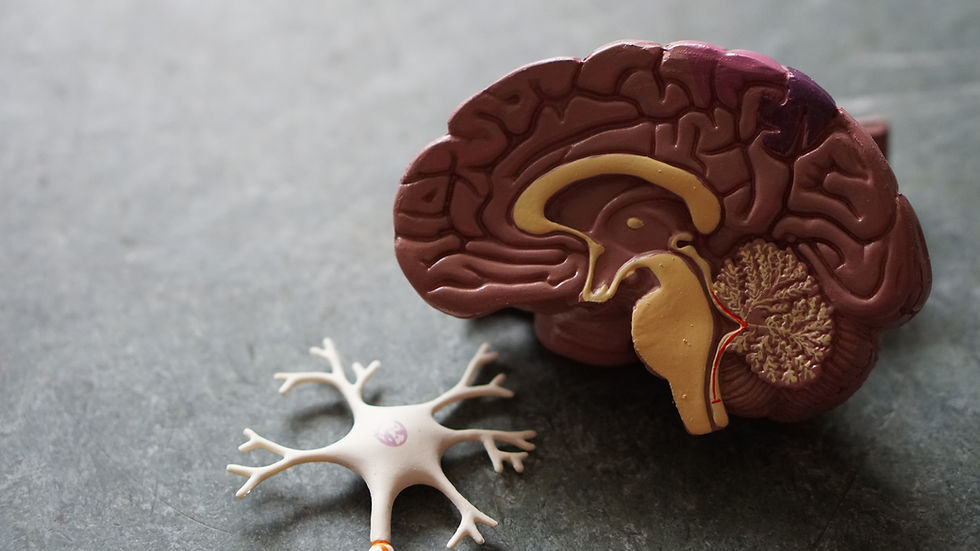Melatonin's Exploration in Teen Migraine Prevention: Unveiling the Sleep Hormone's Potential
- Lauren Levi DMD MS
- Dec 19, 2023
- 2 min read
A recent study published in The Journal of Head and Face Pain suggests that melatonin may offer therapeutic benefits in the treatment of migraines in adolescents aged 10-17 years old.
Understanding Melatonin:
Melatonin, often referred to as the "sleep hormone," is a naturally occurring substance produced by the pineal gland in the brain. Its primary function revolves around regulating the sleep-wake cycle, orchestrating the body's transition into restful sleep and signaling the onset of wakefulness. The delicate balance of melatonin production is intricately linked to the body's circadian rhythm, influenced by the alternation between light and darkness.
The Circadian Rhythm:
As the sun sets and darkness descends, melatonin levels rise, inducing a sense of calm and preparing the body for sleep. This intricate dance orchestrates our natural sleep patterns. Conversely, exposure to bright light, particularly the blue light emitted by electronic devices, can dampen melatonin production, potentially disrupting the sleep cycle.

Study Overview:
Led by Dr. Amy Gelfand, this study spans an 8-week duration, navigating the intricacies of a single-blind placebo run-in phase. Participants meeting specific criteria were then randomized into three groups: placebo, melatonin 3 mg, and melatonin 6 mg, with the primary outcome measure being migraine days during weeks 5–8 of the randomized treatment.
Results and Challenges:
The trial faced challenges such as slow enrollment, leading to an early closure with 72 participants, of which 70 were included in the analysis. Notably, 16% were lost to follow-up during the single-blind phase. However, for those randomized, 91% provided diary data in the final 4 weeks. The analysis, though affected by missing data, revealed intriguing insights.
Findings and Interpretations:
Contrary to initial expectations, there was no clear superiority of melatonin over placebo. Median migraine days during weeks 5–8 showed comparable results between the placebo and melatonin groups. It's crucial to note that interpretation of inefficacy is cautioned due to the study's underpowering and a substantial amount of missing data, primarily in the placebo arm.
Implications for Future Trials:
Despite the challenges, the study offers valuable insights for future migraine preventive trials in this age group. The suggestion to consider participants already on a migraine preventive during enrollment may enhance randomization rates. Additionally, the well-tolerated nature of melatonin with no serious adverse events suggests its safety in this population.
Beyond Sleep: Melatonin's Therapeutic Potential:
As the study navigates the complex landscape of melatonin's role in sleep and therapeutic potential, it illuminates the synergy between melatonin and migraine prevention. By examining its impact on the intricate interplay of factors contributing to migraines in adolescents, the study adds depth to our understanding of melatonin's role in health and well-being.
Conclusion:
While the study refrains from declaring melatonin as the definitive solution for teen migraines, it illuminates the potential synergy between melatonin and migraine prevention. This exploration not only unveils the sleep hormone's multifaceted nature but also paints a promising picture of melatonin as a noteworthy contender in the holistic approach to alleviating migraines among adolescents.


